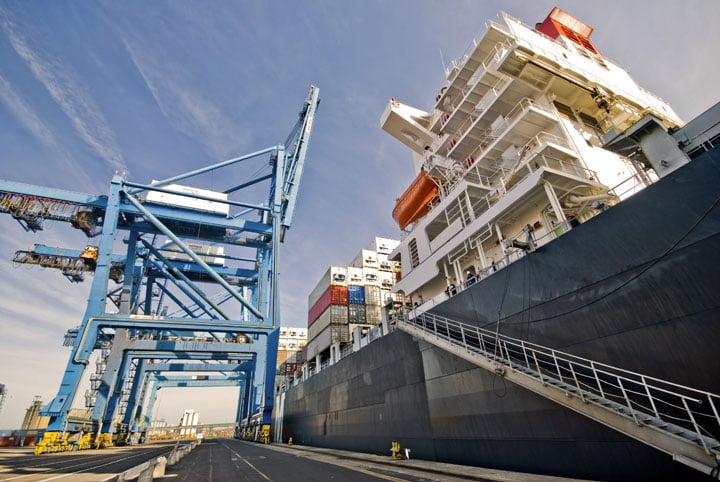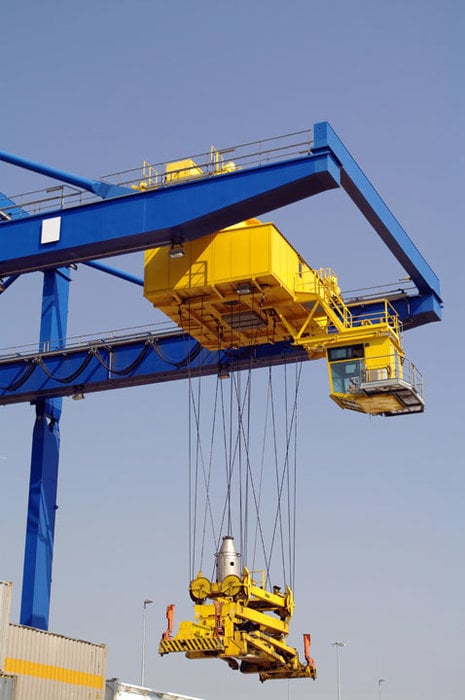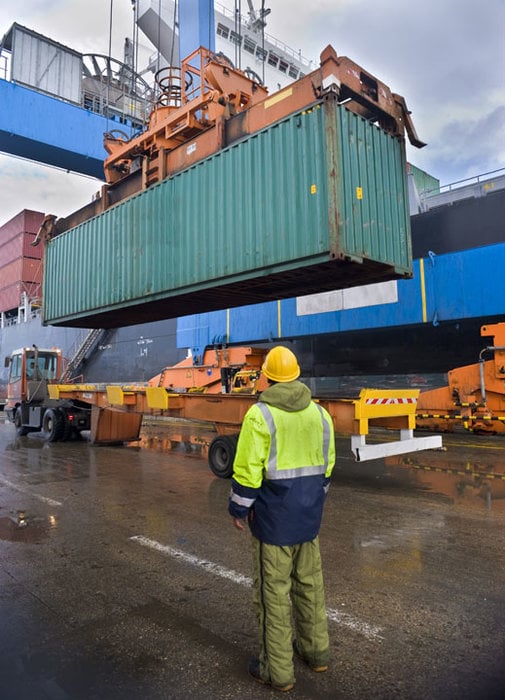www.industry-asia-pacific.com
05
'15
Written on Modified on
MapleSim Helps Reduce Development Time for ABB Crane Systems and Saves Money for its Customers
Millions of shipping containers pass through sea ports each year, carrying anything from machinery and auto parts to shoes, toys, and frozen food. At modern ports, containers are unloaded onto docks, and then moved to stacking yards where Automatic Stacking Cranes and Ship to Shore Cranes stack them until they are ready to be loaded onto trucks or train cars. Containers must be moved quickly and accurately without interference from other containers, cranes, or vehicles. Any delays reduce profitability for the port, especially at large ports that move thousands of containers each day.

ABB Crane Systems asked Maplesoft Engineering Solutions experts to develop a new high-fidelity model of the container and ropes of large automatic cranes. Once developed in MapleSim, the system-level physical modeling tool from Maplesoft, the model was then exported as a Simulink®* S-function to be used in testing. With the dynamic behavior of the ropes and container captured in the model, engineers at ABB Cranes were able to test their control strategies under a variety of scenarios and duty cycles. Since MapleSim allowed for the model structure to be quickly changed and the S-function regenerated, changes could easily be made in response to feedback from the operators.
The team at ABB Cranes uses MapleSim models for mechanical analysis, control algorithm development and to optimize operations. As a result, the engineers at ABB Crane Systems are able to improve the performance of their crane control systems, increasing container throughput for their clients.
“By using Maplesoft Engineering Solutions, we’ve saved our clients a lot of money while reducing our own development time from months to days,” said Dr. Jonas Ohr, Tech Manager, Motion Control and Automation at ABB Crane Systems. “Using MapleSim to develop the initial plant model was significantly faster than trying to develop it in Simulink alone, and the results were easily integrated into our toolchain. The Maplesoft Engineering Solutions team provided the expertise we needed to meet our project goals quickly and effectively.”
These results increased profitability for ABB Cranes’ clients, particularly at very large ports moving thousands of containers each day.
* Simulink is a trademark or registered trademark of The MathWorks, Inc.



